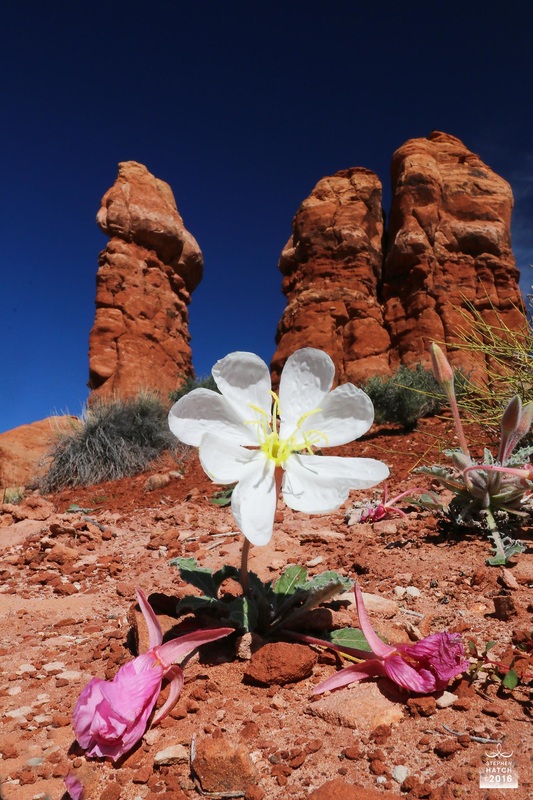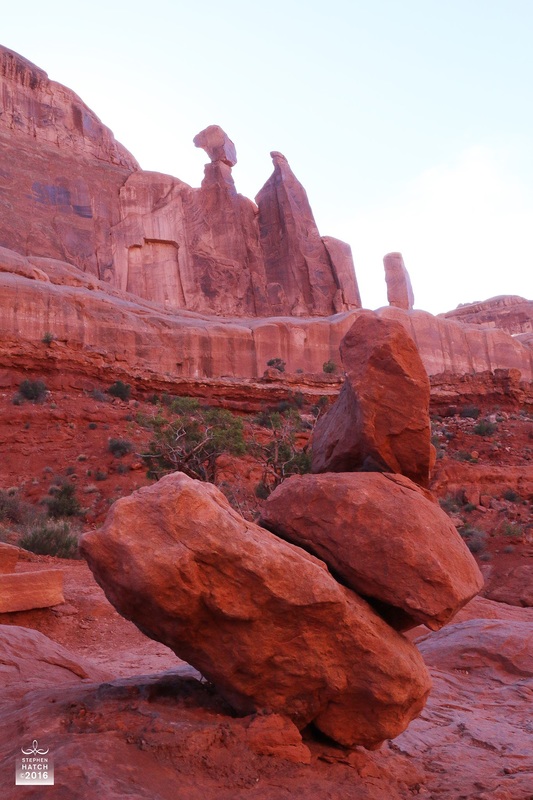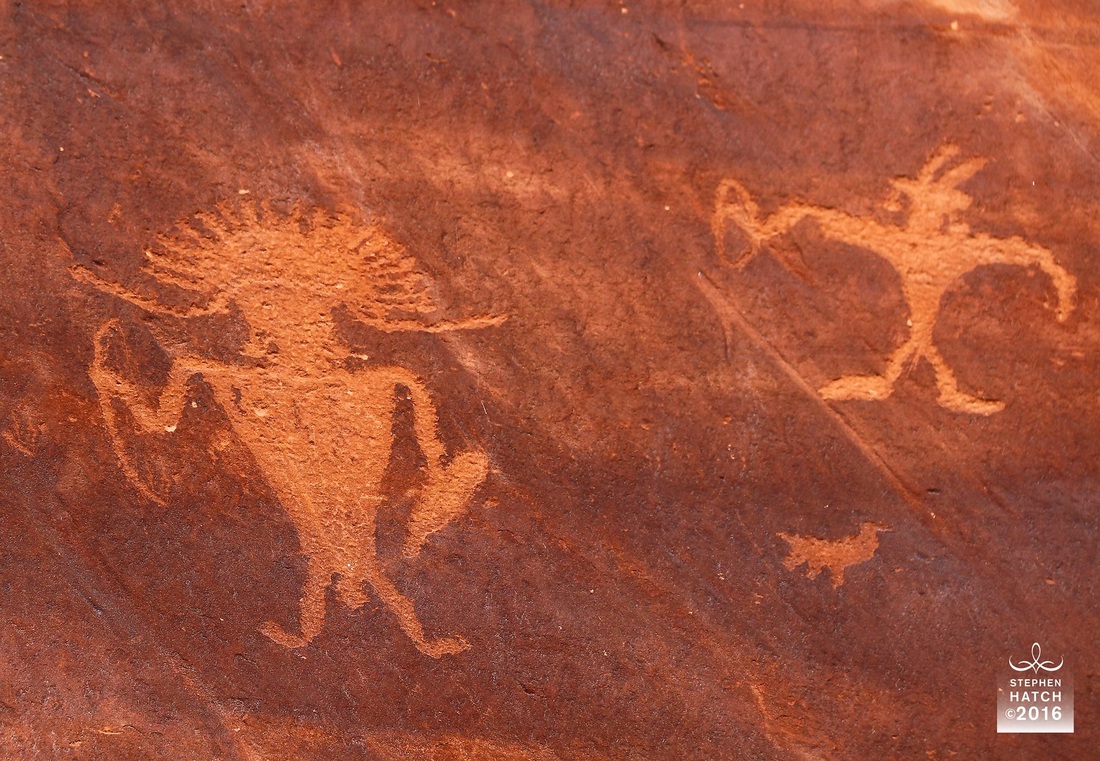|
I knew something was up on the first day of my Spring semester course when I saw a sign posted outside a bathroom adjacent to the classroom that read: "Call me he and him; call me she and her; call me ze and zir." Ze and zir? I'd never heard of those words before, but quickly discovered they refer to non-gender-conforming people, those whose psychological identity is neither male nor female. As the semester progressed, I quickly discovered that some students had quite a bit of trouble with the "Father-Son-Holy-Spirit" language that is a constant refrain when teaching the Christian mystical tradition. They also looked skeptically at the "Mother-Daughter-Holy-Soul" terminology I proudly employed to speak of the feminine or Sophianic Trinity. What had long worked for feminists (i.e., adding a feminine element like "Sophia" to the Godhead) did NOT work for some members of the genderqueer community, for whom the "he" and "she" associated with masculine and feminine aspects of the Divine simply are unrelatable. I found myself experiencing quite a bit of turmoil over this, and spent an extended retreat in the Great Sand Dunes of southern Colorado mulling it all over. When the course finally ended this past week, I found myself breathing a sigh of relief because I could now focus on the "Wilderness Mysticism" I've been developing for many years. With respect to gender, what I love about Wilderness Mysticism is the fact that I can use an abundance of natural features to describe "masculinity" and "femininity." Thus, after pointing out that the two sets of qualities can indeed be described as "masculine" and "feminine" - if these terms are indeed meaningful to the person - I quickly move on to using landscape imagery. I like to encourage people to use whatever human visage - male or female or androgynous or neither - that they prefer to give personal form to the two aspects of the Divine, whatever we end up calling them. The important thing is to see that the Two are engaged in an eternal love affair with each other as the complementary aspects of the Divine. Here are the two sets of qualities for each that I am working on. I tend first to see them as masculine / feminine, but then let those terms fuzz out in favor of more Nature-based qualities: Spaciousness or Emptiness / Form and Energy Transcendence / Immanence Backdrop / Highlighted Foreground Immovablilty / Flow Penetrative Energy / Gripping, All-Surrounding Energy Discriminating (Logos) Wisdom / Integrative (Sophianic) Wisdom Linear / Curvaceous Silent / Expressive Singular /Multiple Skylike / Riverlike Detached / Engaged Solitary / Communitarian Impartial / Recognizes individual needs A Driven Style of Energy / A Meadering Style of Energy Conforming to a Standard / Bending the Standard Mind Intelligence / Heart Intelligence Soft Like Air / Soft Like Sand and Water Fierce like Rock / Fierce Like Fire Freedom / Connected Emptiness / Fullness etc. If a person wants, they can visualize the fact that each of these two halves is indwelt by a personality with a visage of THEIR own choosing - male or female or androgynous or neither. In any case, the important thing is to see that these two sides are aspects of the Divine that are eternally in love with and emptied out into each other . . . Photos: Fremont Culture rock art (near Moab, UT), Queen Nefertiti (Arches National Park) and Evening-Primrose and the Phallus (also at Arches); April 24, 2016 For Spiritual Direction or Workshops, please visit: http://www.resourcesforspiritualgrowth.com/
0 Comments
Leave a Reply. |
AuthorStephen Hatch, M.A. is a spiritual teacher and photographer from Fort Collins, Colorado. His approach is contemplative, inter-spiritual, and Earth-based. Archives
June 2016
Categories |



 RSS Feed
RSS Feed
